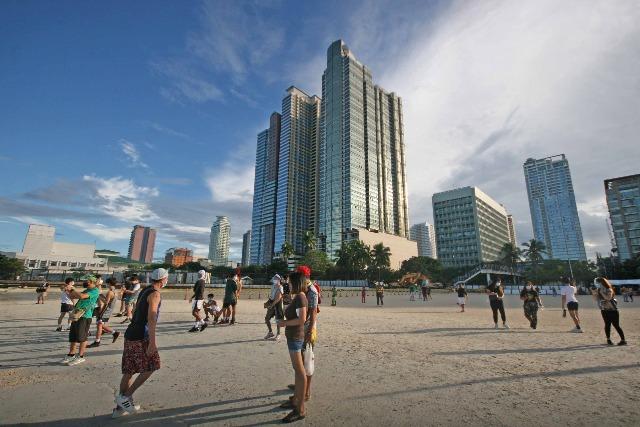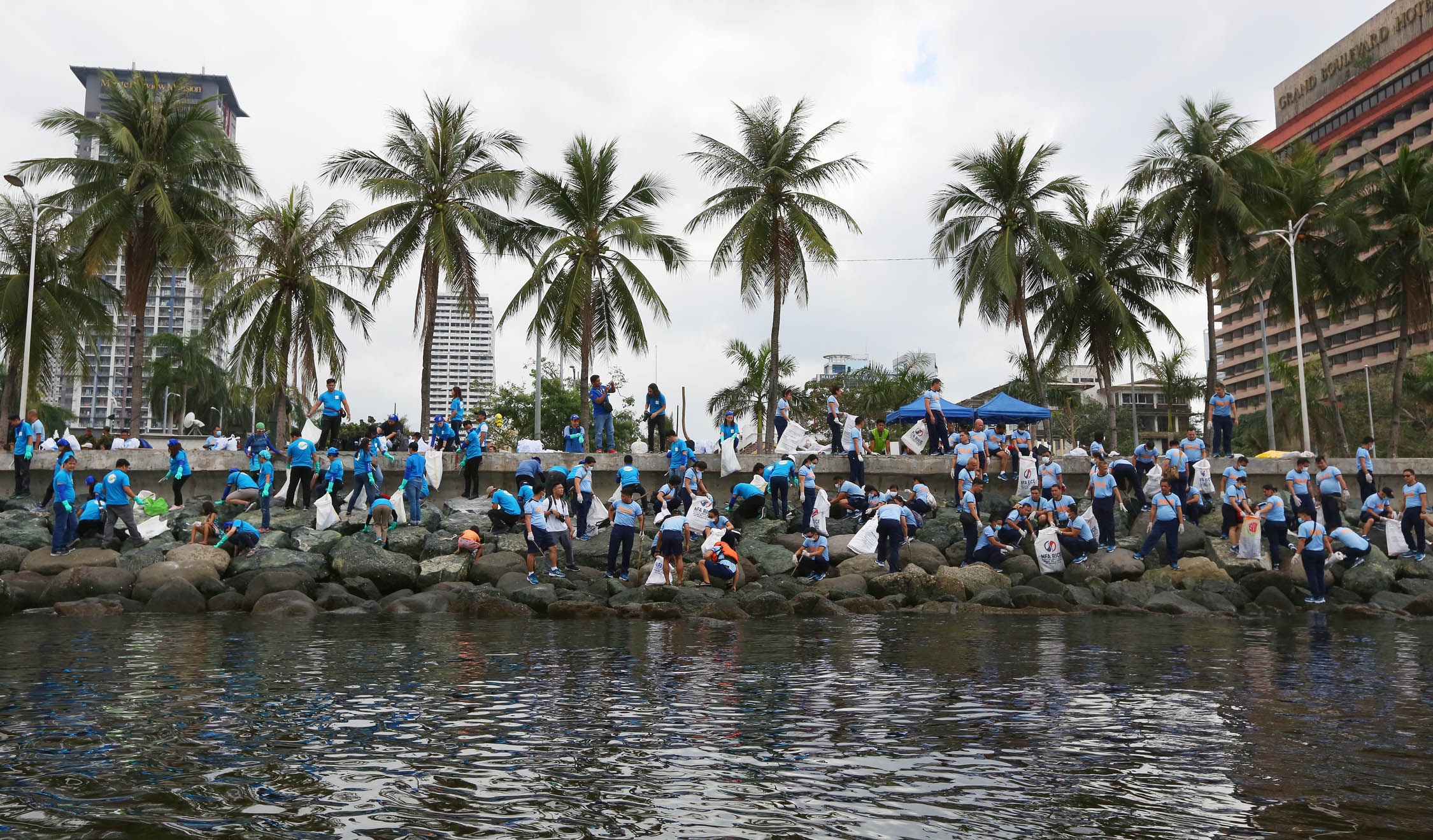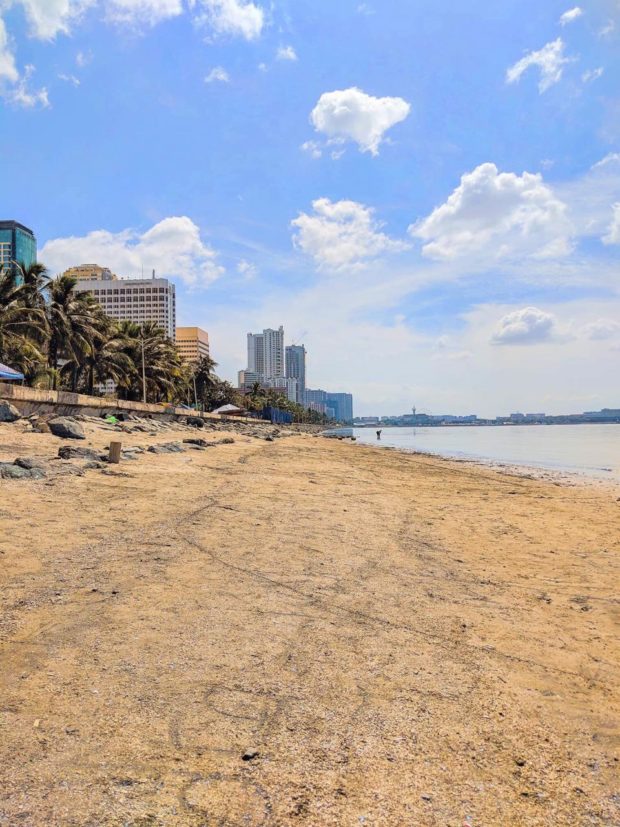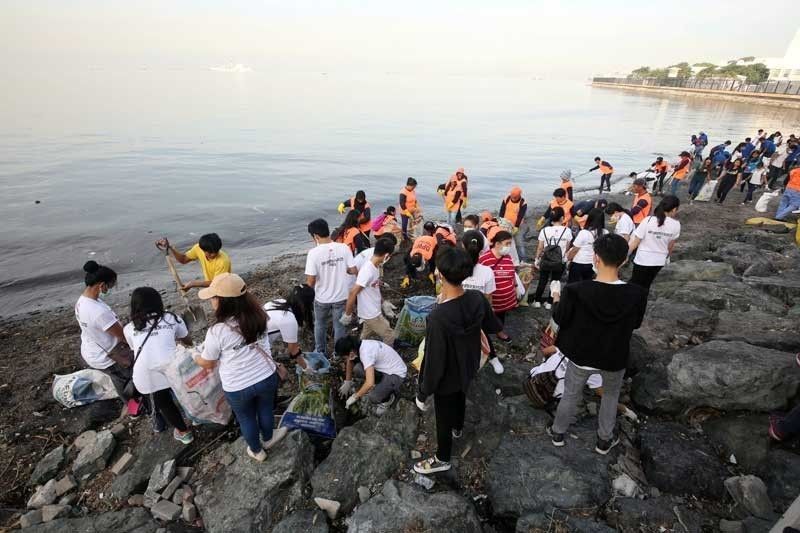Are you having trouble finding 'manila bay rehabilitation research paper'? Here you can find the answers.
Table of contents
- Manila bay rehabilitation research paper in 2021
- Disadvantages of manila bay rehabilitation
- Case study about manila bay rehabilitation
- Opinion about manila bay rehabilitation
- Facts about manila bay rehabilitation
- Essay about manila bay rehabilitation the use of dolomite sand
- Position paper about manila bay rehabilitation
- Argumentative essay about manila bay rehabilitation
Manila bay rehabilitation research paper in 2021
 This picture representes manila bay rehabilitation research paper.
This picture representes manila bay rehabilitation research paper.
Disadvantages of manila bay rehabilitation
 This image illustrates Disadvantages of manila bay rehabilitation.
This image illustrates Disadvantages of manila bay rehabilitation.
Case study about manila bay rehabilitation
 This image shows Case study about manila bay rehabilitation.
This image shows Case study about manila bay rehabilitation.
Opinion about manila bay rehabilitation
 This image illustrates Opinion about manila bay rehabilitation.
This image illustrates Opinion about manila bay rehabilitation.
Facts about manila bay rehabilitation
 This image representes Facts about manila bay rehabilitation.
This image representes Facts about manila bay rehabilitation.
Essay about manila bay rehabilitation the use of dolomite sand
 This picture demonstrates Essay about manila bay rehabilitation the use of dolomite sand.
This picture demonstrates Essay about manila bay rehabilitation the use of dolomite sand.
Position paper about manila bay rehabilitation
 This picture shows Position paper about manila bay rehabilitation.
This picture shows Position paper about manila bay rehabilitation.
Argumentative essay about manila bay rehabilitation
 This image representes Argumentative essay about manila bay rehabilitation.
This image representes Argumentative essay about manila bay rehabilitation.
How much money was spent on Manila Bay rehabilitation?
According to a presentation by the DENR on the planned rehabilitation, out of the 43 billion Philippine peso (US$823.6 million) allotted funds, P36.58 billion (US$701 million) will be coursed towards relocating the slum dwellers while only P6.37 billion (US$122 million) will be put towards the entire clean up and maintenance.
How is the University of the Philippines helping Manila Bay?
The University of the Philippines (UP) and the Department of Science and Technology (DOST) are working together on a research project to help in the rehabilitation of polluted Manila Bay.
What are the research projects for Manila Bay?
The project aims to streamline solution interventions for the rehabilitation of Manila Bay through hydrodynamic and material transport analysis of the integrated Manila Bay-Pasig River-Laguna Lake and surrounding watersheds system using numerical modeling.
Why was the rehabilitation of Manila Bay called into question?
However, the rehabilitation of Manila Bay was called into question with the revelation that the endeavor would eventually lead to the displacement of almost 300,000 informal settler families and a number of local establishments. Both have been pegged by government as the main culprits for the current state of pollution in the water.
Last Update: Oct 2021